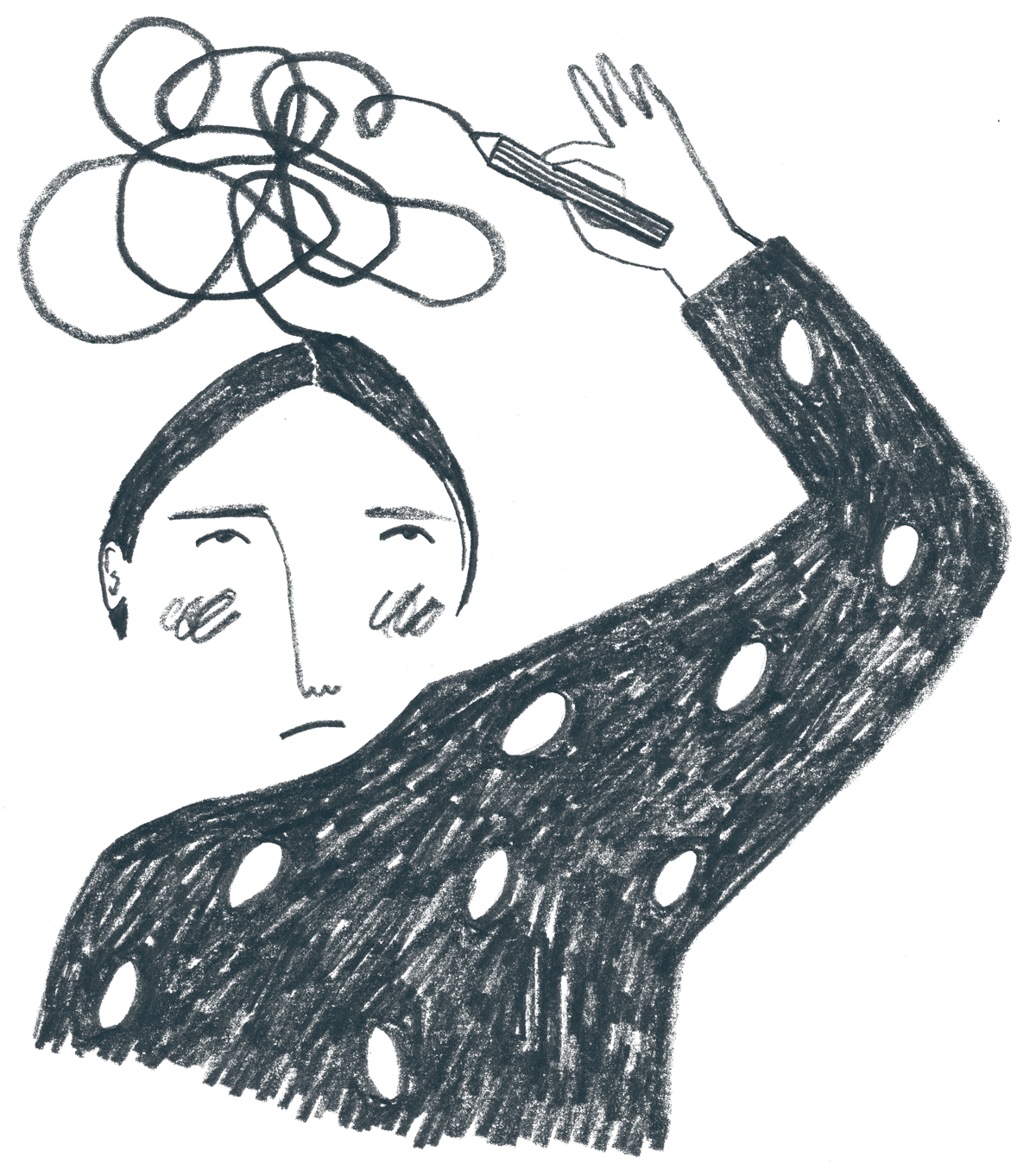Agile Layout - Streamlining Product Development for Faster Results
페이지 정보

본문
Intro
Agile Layout is changing the method groups establish, examination, and release products. Integrating agile approach with design reasoning, Agile Layout uses an adaptable and iterative technique that permits groups to respond swiftly to market changes, include customer responses, and continually boost item high quality. As companies increasingly go for a much faster time-to-market and a far better customer experience, Agile Style has arised as an important method.
What is Agile Style?
At its core, Agile Design is the mix of active advancement concepts with user-centered design methods. Unlike traditional approaches that rely upon comprehensive upfront planning, Agile Layout motivates repetitive cycles and fast feedback. This framework concentrates on developing user-focused remedies by adapting to responses throughout the advancement process, decreasing the risk of missed needs or late-stage changes. Agile Layout eventually results in a product that fulfills customers' needs extra efficiently.
Secret Principles of Agile Design
User-Centric Approach: Agile Design puts customers at the facility. By constantly screening and refining based upon responses, designers make certain the item aligns with real-world customer expectations and needs.
Cooperation: Agile Layout emphasizes teamwork, damaging down silos and motivating close cooperation between developers, programmers, and stakeholders. This improves interaction and ensures that each group participant's insights notify style options.
Iterative Advancement: Agile Style counts on iterative cycles-- short, concentrated sprints of work that lead to fast prototypes and quick screening. This allows teams to determine and fix concerns early, boosting both rate and top quality.
Flexibility: Agile Design adjusts to altering needs throughout the project. Teams prioritize versatility, changing as customer requirements progress or market problems change.
Benefits of Agile Design
Agile Design supplies a number of vital benefits. It accelerates time-to-market by producing area for fast adjustments, reduces wasted sources, and minimizes the danger of supplying an item that disappoints user assumptions. Furthermore, Agile Style fosters a society of versatility, making it less complicated for groups to pivot as brand-new insights emerge.
Implementing Agile Style
To implement Agile Style, start by breaking down the layout process into sprints, setting clear goals for every phase. Foster a culture of cross-functional cooperation by encouraging interaction between all involved groups. Routinely test layouts with real individuals to make sure that the product remains straightened with progressing requirements.
Incorporating agile technique with style thinking, Agile Layout provides an adaptable and iterative strategy that enables groups to react quickly to market changes, integrate individual feedback, and continually enhance item high quality. At its core, Agile Design is the blend of active advancement principles with user-centered style techniques. Agile Design inevitably leads to a product that fulfills individuals' demands extra effectively.
To apply Agile Style, begin by breaking down the design process right into sprints, establishing clear objectives for each stage.
Agile Layout is changing the method groups establish, examination, and release products. Integrating agile approach with design reasoning, Agile Layout uses an adaptable and iterative technique that permits groups to respond swiftly to market changes, include customer responses, and continually boost item high quality. As companies increasingly go for a much faster time-to-market and a far better customer experience, Agile Style has arised as an important method.
What is Agile Style?
At its core, Agile Design is the mix of active advancement concepts with user-centered design methods. Unlike traditional approaches that rely upon comprehensive upfront planning, Agile Layout motivates repetitive cycles and fast feedback. This framework concentrates on developing user-focused remedies by adapting to responses throughout the advancement process, decreasing the risk of missed needs or late-stage changes. Agile Layout eventually results in a product that fulfills customers' needs extra efficiently.
Secret Principles of Agile Design
User-Centric Approach: Agile Design puts customers at the facility. By constantly screening and refining based upon responses, designers make certain the item aligns with real-world customer expectations and needs.
Cooperation: Agile Layout emphasizes teamwork, damaging down silos and motivating close cooperation between developers, programmers, and stakeholders. This improves interaction and ensures that each group participant's insights notify style options.
Iterative Advancement: Agile Style counts on iterative cycles-- short, concentrated sprints of work that lead to fast prototypes and quick screening. This allows teams to determine and fix concerns early, boosting both rate and top quality.
Flexibility: Agile Design adjusts to altering needs throughout the project. Teams prioritize versatility, changing as customer requirements progress or market problems change.
Benefits of Agile Design
Agile Design supplies a number of vital benefits. It accelerates time-to-market by producing area for fast adjustments, reduces wasted sources, and minimizes the danger of supplying an item that disappoints user assumptions. Furthermore, Agile Style fosters a society of versatility, making it less complicated for groups to pivot as brand-new insights emerge.
Implementing Agile Style
To implement Agile Style, start by breaking down the layout process into sprints, setting clear goals for every phase. Foster a culture of cross-functional cooperation by encouraging interaction between all involved groups. Routinely test layouts with real individuals to make sure that the product remains straightened with progressing requirements.
Incorporating agile technique with style thinking, Agile Layout provides an adaptable and iterative strategy that enables groups to react quickly to market changes, integrate individual feedback, and continually enhance item high quality. At its core, Agile Design is the blend of active advancement principles with user-centered style techniques. Agile Design inevitably leads to a product that fulfills individuals' demands extra effectively.
To apply Agile Style, begin by breaking down the design process right into sprints, establishing clear objectives for each stage.

- 이전글위험과 용기: 모험가의 끊임없는 탐구 24.11.13
- 다음글SR22 insurance Chicago 24.11.13
댓글목록
등록된 댓글이 없습니다.














